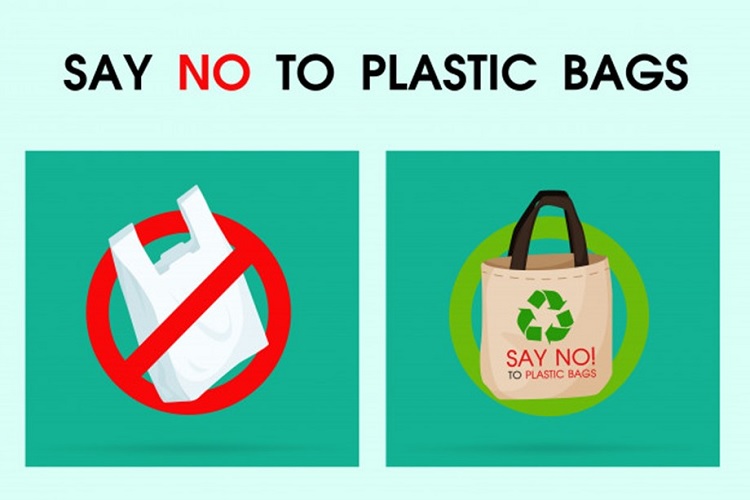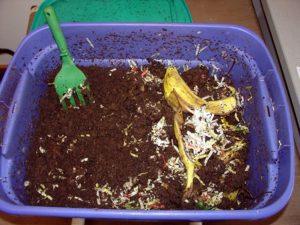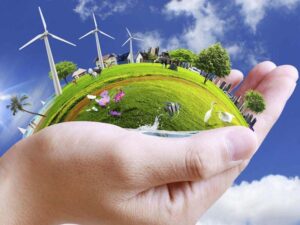A Plastic Sea is a feature-length documentary that comes after the trip of two explorers as they record environmentally friendly issues associated with plastic pollution and its own impact on the surroundings. With never-before-seen images of marine life and plastic pollution, A Plastic material Sea brings the latest technology alive and proves precisely how serious this problem is.
Plastic pollution identifies the mass dumping of plastic material waste materials into our seas and landfills around the world. It’s an enormous contributor to varieties extinction inside our oceans, and the mass creation of plastics is an integral contributor to climate change.
- Plastic material is everywhere
Plastic is within many products that you might not be familiar with. Plastic material micro-beads being used as exfoliates in personal maintenance systems, such as cosmetic scrubs and even toothpastes, that are undoubtedly flushed down the drain. Damp wipes contain plastic material so when flushed down the bathroom, they find their way in to the environment. Even cleaning our clothes can result in the discharge of polyester and acrylic fibres in to the sea from our washers.
Plastic pollution can be an ongoing issue
A recent research of plastic waste materials getting into the oceans discovered that the very best 20 contributors were mainly middle-income countries with growing economies, with China being the biggest contributor. Developed countries aren’t from the hook, however. Whilst our waste materials management infrastructure works more effectively, the quantity of plastic waste materials we produce per person is high and we litter.
- Nowadays there are gyres of plastic pollution in the ocean
A few of these areas contain much more plastic material than plankton
Possibly the best-known location for marine plastics is the so-called “Great Pacific Garbage Patch”, as referred to by Captain Charles Moore in 1997 on his come back from the Transpacific Yacht Competition. That is one of five sea ‘gyres’ – substantial wind-driven round currents with floating plastic material litter stuck at their centres.
This discovery resulted in the supposition that we now have garbage islands at the heart of the gyres. But , as being a Plastic Ocean’s manufacturer Jo Ruxton found through the filming of the Plastic Sea, “ the simple truth is more insidious”.
The gyres actually contain large amounts of “micro-plastic”, small plastic material fragments significantly less than 5mm in proportions that develop when plastic material products are split up in the ocean by influx action and contact with sunlight. They are located on the water’s surface, only becoming noticeable when gathered in fine-meshed surface trawl nets from study ships. The truth is, the centres of the oceans are similar to a “plastic soup” where in a few areas there’s a better mass of plastic material than plankton.
- Plastic air pollution is harming marine life
It has an effect on pets throughout the meals chain and eventually ends up on our plates
A recent research has discovered that almost 700 marine types have encountered plastic material debris, which 17% are outlined as near threatened, susceptible, endangered or critically endangered on the IUCN red list. An astounding 90% of seabirds are actually considered to have ingested plastic material.
Marine animals may become entangled in plastic material litter, such as lost angling in many cases death, leading to injury and nets. It has been especially prominent for whales and turtles. Many types also ingest plastic material, either during filtration system feeding or by mistaking it as food, risking hunger and loss of life as their stomachs fill up.
Plastic may become more dangerous than encircling water
Many pollutants which were banned decades back – like the pesticide DDT, polychlorinated biphenyls (PCBs) and flame-retardants – still linger in the ocean. These are drawn to plastic and ingested into its surface at concentrations one million times greater than the surrounding drinking water.
When the sea life consumes plastic material, these are ingesting these contaminants at significantly higher concentrations. That’s even scarier considering another point…
Plastic eventually ends up on our plates, too
Several seafood, including cod, flounder and mackerel, have all been found with plastics in their gut. Filtration system nourishing shellfish are also affected, with micro-plastics discovered in both mussels and oysters, possibly adding up to 11, 000 bits of plastic to Western european shellfish consumers ever season. In addition , a recently available study also demonstrated that micro-plastics are available in table salt created from seawater. Visit this website to get more insight, Bambooco.
Scientists are conducting research to comprehend the implications for human being health.
- Plastic air pollution costs us $1bn a year
Aswell as the expenses of clearing up litter, there’s also financial costs associated with harm to the angling and shipping sectors through dispatch collisions with plastic material particles and entanglement of propellers. In the Swedish Bohus region, the price to the angling community was approximated to become more than £620, 000 per yr.
There’s also losses of travel and leisure in areas blighted by litter that demonstrate costly to areas. In the Asia-Pacific Economic Assistance (APEC) region this is approximated to cost $1. 265 billion per yr.
The US Environment Program (UNEP) approximated that the global cost of plastic pollution on the sea ecosystem, including through financial deficits to fisheries and travel and leisure, was around $13 billion.
- But there is certainly hope
As research about them has increased, we are learning more about the huge level of plastic pollution and there is certainly wish in this tale.
Whilst you may still find gaps inside our understanding of how plastic pollution effects wildlife and individual health, some government authorities are needs to awaken to the problem. For example , europe has recently used action to lessen the utilization of plastic material carrier bags. That is a problem that will require regulators, manufacturers, waste materials managers and consumers to all or any participate the solution.
Consumer choice has recently driven Cosmetics European countries, which symbolizes 4, 000 personal treatment product manufacturers, to recommend getting rid of micro-beads off their products. It offers even powered cross-party agreement in america to the ban micro-beads too, and ocean-friendly cosmetics are becoming popular.






